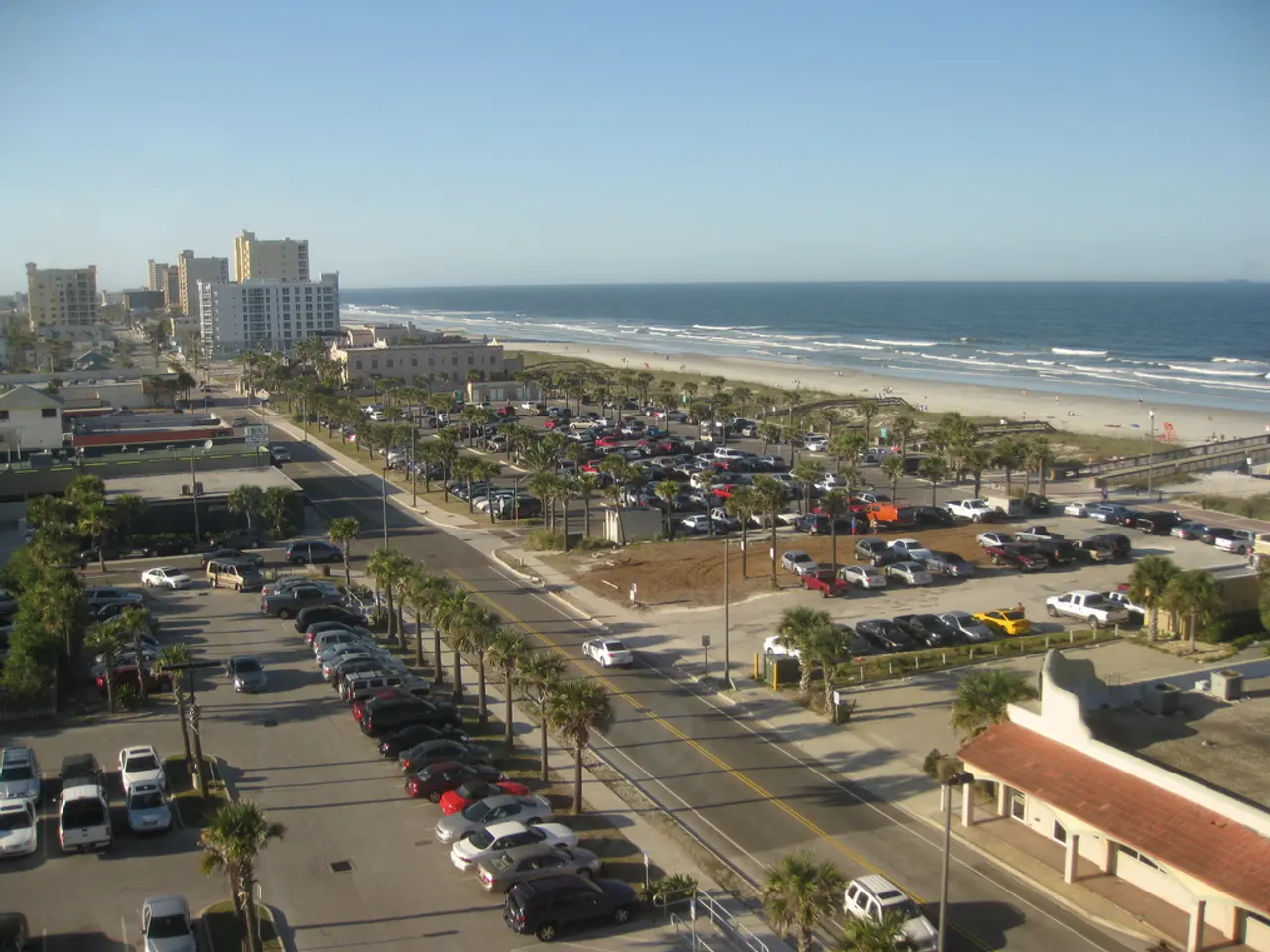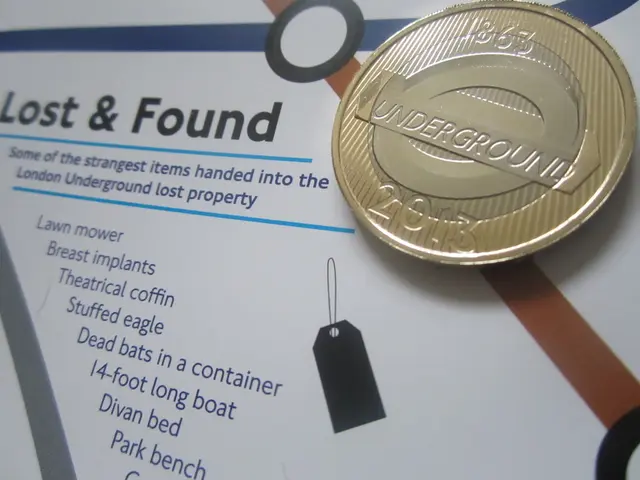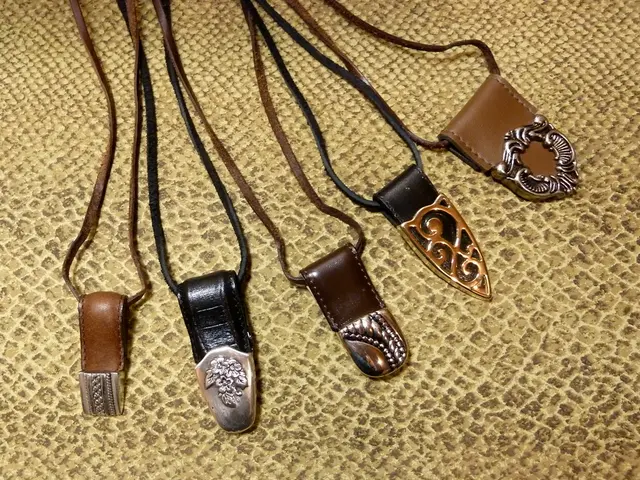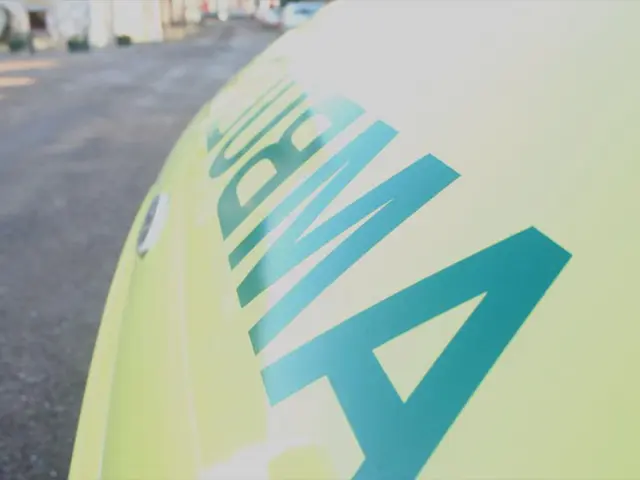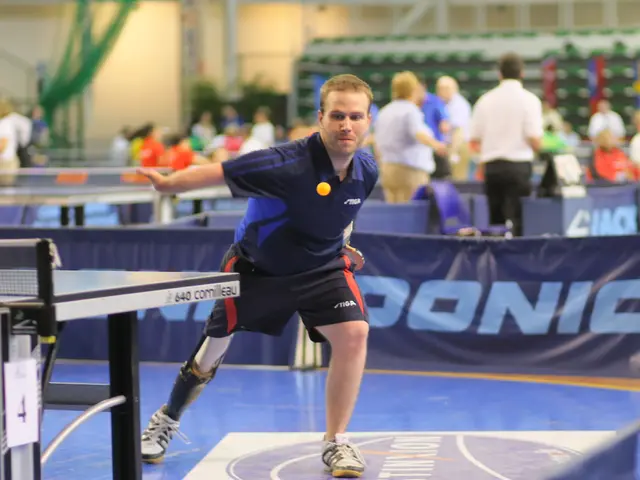Evaluation of Present-Day Ocean Mapping Software Applications in the Marketplace
In a comprehensive study, the user interfaces of 24 ocean web mapping applications were analysed, revealing a focus on usability, readability, and specialized functionalities tailored to marine spatial planning, ecosystem monitoring, and stakeholder needs.
The majority of the applications (16 out of 24) provide support for mobile devices, adapting the interface for smaller screens and maintaining all the functionalities available. Many of these applications are developed using basic Esri templates, giving them a similar look.
Metadata retrieval is the most commonly implemented functionality (19 out of 24 applications), followed by requesting help or tutorials (17) and information retrieval (15). The study also identified that filtering and search functionality are implemented in twelve applications.
Competitive analysis plays a crucial role in determining how a new product should look to fill unmet needs. For ocean web mapping applications, this involves critically comparing existing products supporting similar use cases.
Eight different basemap types are identified across these applications: satellite image, simple basemap, ocean basemap, global bathymetry, street map, hybrid map, topographic/terrain, and nautical charts. The most common basemap type is satellite image (14 out of 24 applications), followed by simple basemap (13). Interestingly, only three applications provide a nautical chart basemap.
The study shows that ocean web mapping applications could be classified into three main categories: those focused mainly on bathymetry data, those focused on ocean data observations, and those which combine both. Seven applications have a coverage of the entire globe, seven by a single country, three by several US states, three are regional, and five include several countries and jurisdictions.
The widespread use of Esri products might be explained as it provides a wide range of services to develop and support web mapping applications. Esri products are the most used web mapping technologies to implement ocean web mapping applications (10 out of 24), followed by Google Maps (5) and leaflet (4). However, it's important to note that ArcGIS is commercial software and is not open source, which means high pricing for licensing, storage, and development.
Regarding open source web mapping technologies, leaflet is the most used technology, followed by Mapbox. The analysis also covers four topics related to interaction: variation across supported interaction operators, supported formats, variation in the web mapping technology used to implement the web application, and mobile support.
Data download is subdivided into bulk download (12 out of 24 applications) and data download by area (13). An ideal scenario for an ocean modeller would be to provide different resolutions for bathymetry data under request. However, none of the applications provide all the data expected to be useful by an ocean modeller.
The analysis was completed during the early stages of the UCD methodology of the OceanWeb Mapping Application, a web mapping application for ocean mapping data. The theoretical framework used by this analysis is based on one described by Roth et al. (2015) and follows Roth's (2013a) distinction within cartography: representation and interaction.
Sources: - Automated Label Placement using LLMs and RAG frameworks for map design (arXiv, 2025) - Eco-system based principles and MSP support in online geospatial tools (European Commission report, 2025) - Real-time adaptive UX and modular web interfaces (Magnet, 2025) - AI-enhanced satellite imagery integration for ecosystem monitoring (Esri Newsroom, 2025) - A huge number of basemap options might overwhelm the user and be unnecessary for the purpose of the map. - The study covers four topics related to representation: data offered/represented, inclusion of uncertainty as a variable of the information, inclusion of time as a variable of the information, and variation in the basemap provided. - Uncertainty is not represented on the map as a cartographic variable in any of the web applications. - Time is not represented or usually considered in bathymetric focused applications. - Nielsen developed a usability engineering model for web interfaces design, based on eleven design stages, including competitive analysis in the third stage. - Applications evaluated include: NOAA, Canadian Hydrographic Service, European Commission, University of Victoria, University of New Brunswick, Planet OS, and others. - The most supported bathymetry formats are GeoTIFF (6 out of 24 applications) and BAG, LAS/LAZ and ArcGIS ASCII formats (5 out of 24 applications). - Pacific Islands Ocean Observing System Voyager provides more than 20 additional different options for basemaps, apart from the one mentioned in the table. - The analysis also covers four topics related to interaction: variation across supported interaction operators, supported formats, variation in the web mapping technology used to implement the web application, and mobile support.
- The study on ocean web mapping applications in environmental-science highlights the importance of science and technology in developing user-friendly interfaces for data visualization, particularly in marine spatial planning and ecosystem monitoring.
- In the realm of ocean environmental-science, advancements in technology have led to an increase in the usage of open-source web mapping technologies like leaflet and Mapbox, supporting the needs of ocean mapping, data retrieval, and interactive visualizations.
